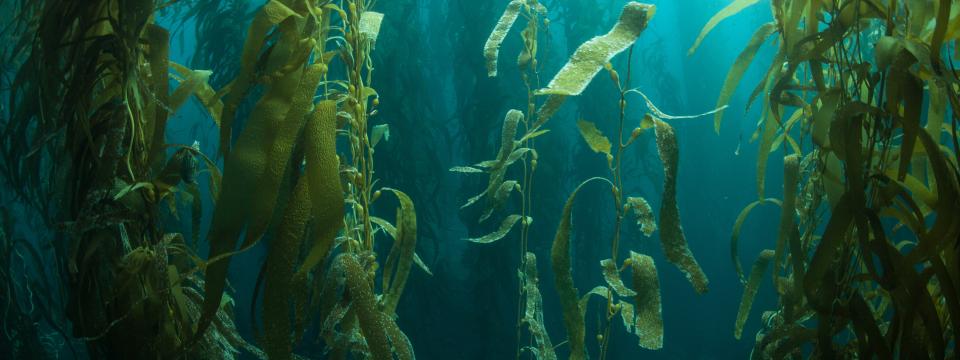This bibliography gathers publications over many years from a variety of researchers exploring topics of agency, directionality, and function (among others) with a special emphasis on CASP members. It began with work from teams within the initial Agency, Directionality and Function project and continues to be populated with papers and articles from diverse researchers looking to further develop and expand ways of working interdisciplinarily on the complex theme of teleology.
Included in the bibliography are entries for publications and books that many scholars involved in the Agency, Directionality and Function project recommended as foundational texts in their field of study. We welcome suggestions for additions to the bibliography from CASP members.
Agency and Autonomy
Ågren, A. J. (2021). Why the selfish genes metaphor remains a powerful thinking tool | Aeon Essays. Aeon.
Ågren, J. A. (n.d.). Genes and Organisms in the Legacy of the Modern Synthesis. In T. E. Dickins & B. J. A. Dickins (Eds.), Evolutionary Biology: Contemporary and Historical Reflections Upon Core Theory (Vol. 6). Springer Nature.
Ågren, J. A., & Patten, M. M. (2022). Genetic conflicts and the case for licensed anthropomorphizing. Behavioral Ecology and Sociobiology, 76(12), 166.
Arnellos, A., & Moreno, A. (2022). Cognitive functions are not reducible to biological ones: the case of minimal visual perception. Biology & Philosophy, 37(4), 35.
Austin, C. J. (2023). Complex Powers Making Many One. In A. Marmodoro, A. Roselli, & C. J. Austin (Eds.), Powers, Parts and Wholes: Essays on the Mereology of Powers (1st ed.). Routledge.
Barandiaran, X., E. Di Paolo, and M. Rohde. (2009). “Defining agency. Individuality, normativity, asymmetry and spatio-temporality in action.” Adaptive Behavior 17(5):367–386.
Bechtel, W., & Bich, L. (2023). Using neurons to maintain autonomy: Learning from C. elegans. Biosystems, 232, 105017.
Beckner, M. (1968).The Biological Way of Thought. Berkeley and Los Angeles: The University of California Press.
Bich, L., & Bechtel, W. (2022). Control mechanisms: Explaining the integration and versatility of biological organisms. Adaptive Behavior, 105971232210744.
Bich, L., & Bechtel, W. (2022). Organization needs organization: Understanding integrated control in living organisms. Studies in History and Philosophy of Science, 93, 96–106.
Black, A.J., Bourrat, P. and Rainey, P.B. (2020). “Ecological scaffolding and the evolution of individuality.” Nature Ecology & Evolution 4:426–436.
Buss, L. (1987). The Evolution of Individuality. Princeton: Princeton University Press.
Callebaut, W. G.B. Mueller, and S.A. Newman. (2007). “The organismic systems approach. Streamlining the naturalistic agenda.” In Integrating Evolution and Development: From Theory to Practice. Edited by R. Sansom and R.N. Brandon. Cambridge (UK): Cambridge University Press, 25–92.
Camazine, S., J.-L. Deneubourg, N. R. Franks, J. Sneyd, G. Theraulaz and E. Bonabeau. (2001). Self-Organization in Biological Systems. Princeton: Princeton University Press.
Davies, J., & Levin, M. (2023). Synthetic morphology with agential materials. Nature Reviews Bioengineering, 1(1), 46–59.
Dawkins, R. (1976).The Selfish Gene.Oxford: Oxford University Press.
Dawkins, R. (1982).The Extended Phenotype: The Gene as the Unit of Selection.Oxford: Oxford University Press.
Deacon, T. and Cashman, T. (2013). “Teleology versus mechanism in biology: beyond self-organization.” In Beyond Mechanism: New Frontiers in Biology and Evolutionary Theory. Edited by B. Henning and A. Scarfe. Lanham (MD): Lexington Books.
Depew, D.J. and B.H. Weber. (1995). Darwinism Evolving: Systems Dynamics and the Genealogy of Natural Selection. Cambridge (MA): MIT Press.
Desmond, H. (2022). Personhood, Welfare, and Enhancement. The American Journal of Bioethics, 22(9), 37–39.
Desmond, H., & Huneman, P. (2022). The integrated information theory of agency. Brain and Behavioral Sciences, 45, 22–24.
Di Paulo, E.A. (2005). “Autopoiesis, adaptivity, teleology, agency.” Phenomenology and the Cognitive Sciences 4:429–452.
Driesch, H. (1908). The Science and Philosophy of Organism, Volume 1. London: Adam and Charles Black.
Fortune, G. T., Oliveira, N. M., & Goldstein, R. E. (2021). Biofilm Growth Under Elastic Confinement [Preprint]. Biophysics.
Fulda, F.C. (2017). “Natural agency: the case of bacterial cognition.”Journal of the American Philosophical Association 3:69–90

